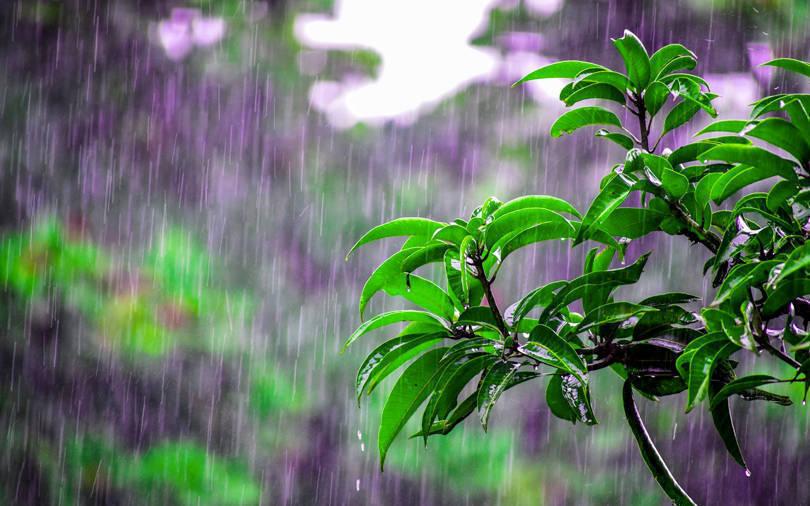India is likely to receive average monsoon rains this year, the state-run weather office said on Wednesday, raising expectations of higher farm output in Asia's third-biggest economy, which is reeling from a coronavirus lockdown.
Monsoon rains are expected to be 100% of a long-term average, M. Rajeevan, secretary at the Ministry of Earth Sciences told a news conference.
India's weather office defines average, or normal, rainfall as between 96% and 104% of a 50-year average of 89 cm for the entire four-month season beginning in June.
The monsoon, the lifeblood of the country's $2.9 trillion economy, delivers nearly 70% of rains that India needs to water farms and recharge reservoirs and aquifers.
Nearly half of India's farmland, without any irrigation cover, depends on annual June-September rains to grow crops such as rice, corn, cane, cotton and soybeans.
"This is really the good news," Rajeevan said. "It's going to help the agriculture sector and economic growth in the country."
India's central bank this month said the coronavirus outbreak had drastically altered the outlook for India's economic recovery.
The Indian economy expanded at its slowest pace in more than six years in the last three months of 2019 and was projected to clock in full-year growth of 5%, the lowest in over a decade.
Farming accounts for nearly 15% of India's economy and is a source of livelihood for more than half of the country's 1.3 billion population.
Monsoon rains lash the southern tip of Kerala state around June 1 and retreat by September.
Scientists say they have lately observed that monsoon rains start retreating weeks later than usual and their progress over some parts of the country tends to be delayed.
The El Nino weather phenomenon is currently neutral, and according to some models, the La Nina condition could emerge later in the monsoon season, said Mrutyunjay Mohapatra, chief of the weather office.
A strong El Nino, marked by a warming of the sea surface on the Pacific Ocean, can cause severe drought in Australia, Southeast Asia and India.
La Nina is an abnormal cooling of ocean temperatures in the eastern and central Pacific, triggering above average rains.
The emergence of a strong El Nino triggered back-to-back droughts in 2014 and 2015 for only the fourth time in over a century.
Since reservoir levels are good, satisfactory rains will boost output even in the winter season, said Harish Galipelli, head of commodities and currencies at Inditrade Derivatives & Commodities.






